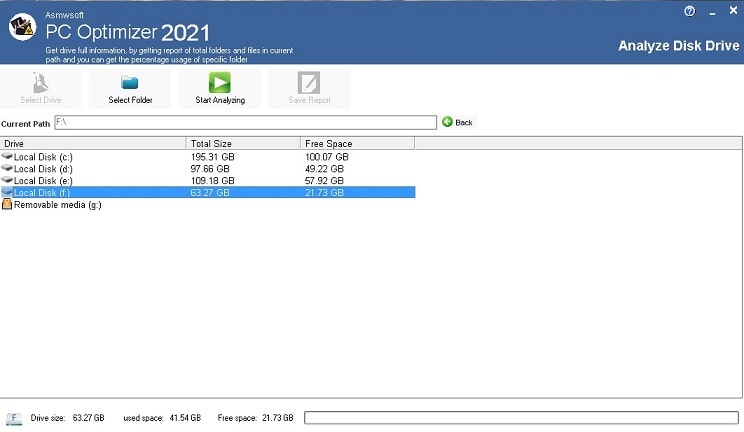


A project’s financial success depends on the right balance of those factors at any given time. The tool evaluates the optimal value of a site’s generation derived from a combination of market prices, battery performance, renewable production, and ancillary service requirements. This rigor allows you to strengthen your project’s strategic positioning, provide certainty to investors, and to improve and benchmark operations when projects go live. In an increasingly competitive and fast-moving storage market, the tool provides for quick evaluation of numerous scenarios to evaluate sizing options and quickly assess up-side and down-side cases, allowing for a deeper understanding on how revenues shift with evolving market scenarios. Media Newsroom Events Blogs: Energy in transition Sector insights Maritime Power and renewables Oil and gasĭNV Group About us Corporate governance Research & development Joint Industry Projects DNV Ventures Sustainability Annual reportsīusiness areas Maritime Energy Systems Business Assurance Supply Chain & Product Assurance Digital Solutions Veracity data platformĬareers Overview Job opportunities Career development Why DNV? Meet our people Diversity & inclusion Ship management, operations and ship design.Reliability, availability and maintainability (RAM).

Electric grid performance and reliability.Offshore classification – fleet in service.Digital monitoring of medium-voltage cable networks.If IOPT is not set in a dimer run, the job with die with a corresponding error message.Hybrid Energy Resource Optimizer: About the tool - DNV Power and renewables Sectors Services Insights About us Sign in Sign in to Veracity Open menu Open search The min-mode following methods can only be used with one of these methods. Here is a recent paper discussing the performance of these different optimizers with the NEB. These two methods do not rely on curvatures, and tend to be less aggressive, better behaved, but also less efficient than CG/LBFGS. For high forces (far from the minimum) or inaccurate forces (close to the minimum) the quick-min or FIRE methods are recommended. This is essential for evaluating curvatures. We recommend using CG or LBFGS when accurate forces are available. The steepest descent method is provided primarily for testing. The FIRE optimizer is an interesting new optimizer which has similarities to quick-min, but tends to be faster. The LBFGS is also different in that the NEB can be optimized globally, instead of image-by-image. The conjugate-gradient method is different in that is uses a Newton’s line optimizer, and are entirely force based. This version of quick-min is essential the same as what has been implemented in vasp. Then, the IOPT parameter will select one of the following methods. To use them, the INCAR must set IBRION=3 and POTIM=0, to disable the built in optimizers. Here, we present a set of optimizers that are all force-based so they can be used with the NEB and min-mode following methods. The quasi-Newton and quick-min (IBRION=1 and 3 respectively) optimizers that are built into VASP are both force-based, but the conjugate-gradient method (IBRION=2) is not. Because of this, we can only use optimizers that are solely based upon the force (and not the energy). These modifications to the force mean that the energy is no longer consistent with the force being optimized. The NEB and min-mode following (dimer/Lanczos) saddle point finding methods use a force projection in order to direct the optimizers towards minimum energy paths and saddle points.


 0 kommentar(er)
0 kommentar(er)
